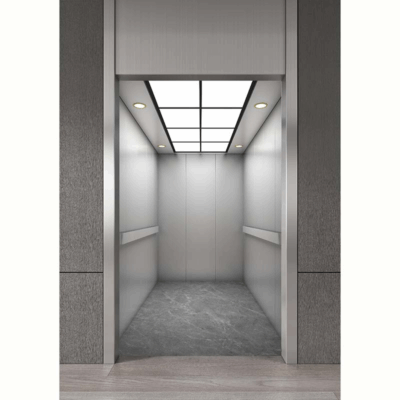Table of Contents
ToggleThe elevator industry continues to evolve rapidly as urbanization accelerates and building requirements become more complex. For a modern lifts company, 2025 presents both opportunities and significant hurdles. Understanding these challenges is crucial for building owners and managers who rely on their services to maintain safe and efficient vertical transportation systems.
Why Recognizing Challenges Is Critical for Any Lifts Company
Consumers and building operators depend on lifts companies to provide uninterrupted service, advanced technology, and strong safety protocols. However, even the most reputable providers face growing pressures in a competitive and highly regulated industry. Recognizing these challenges can help property owners make better decisions when choosing or evaluating a lifts company.
Rising Operational Costs for Every Lifts Company
One of the key challenges impacting the sector is the surge in operational expenses. This includes:
-
Energy Costs
As electricity prices rise globally, lifts companies must innovate to reduce the energy demands of their systems. -
Maintenance and Spare Parts
Sourcing high-quality components has become more difficult and costly due to supply chain disruptions. -
Skilled Labor Shortage
Recruiting and retaining experienced technicians is another issue, as the industry faces a talent gap in technical roles.
For consumers, this means understanding how a lifts company manages these pressures is essential when evaluating service contracts.
Adapting to Green and Energy-Efficient Technologies
Environmental responsibility is no longer optional. A growing number of consumers and regulators expect every lifts company to adopt eco-friendly technologies.
This involves challenges such as:
-
Upgrading legacy systems to energy-efficient models.
-
Complying with stricter environmental standards in different regions.
-
Investing in research and development for greener designs.
Buildings that prioritize sustainability should assess whether their chosen lifts company aligns with these values and can deliver modern, energy-saving solutions.
Navigating Complex Regulatory Environments
As safety standards and legal requirements grow more intricate, lifts companies must navigate a maze of regional and international regulations.
Key areas of focus include:
-
Routine safety inspections and certification processes.
-
Compliance with accessibility laws for all types of users.
-
Keeping pace with frequent updates to technical codes.
A reliable lifts company should not only meet these requirements but also proactively inform clients about changes that might affect their elevators.
Meeting Consumer Expectations in a Digital Age
Today’s consumers expect fast response times, transparent service records, and seamless communication. For a lifts company, this means investing in:
-
Digital monitoring tools that provide real-time system data.
-
Customer service platforms offering 24/7 support.
-
User-friendly mobile apps for reporting issues or scheduling maintenance.
Companies that lag behind in adopting digital solutions may find it harder to meet modern building management needs.
Supply Chain and Global Market Volatility
Global events have exposed vulnerabilities in supply chains across industries, and the elevator sector is no exception. Delays in receiving parts or materials can slow down installation and maintenance schedules, causing frustration for clients.
Consumers should evaluate whether their lifts company has strong supplier networks and contingency plans to minimize such disruptions.
How Building Owners Can Respond to Industry Challenges
While these challenges affect providers, building owners and managers also play a role in ensuring success. When selecting a lifts company:
-
Ask About Sustainability Efforts
Are they upgrading to energy-efficient systems? -
Review Their Compliance Track Record
Do they have a history of meeting or exceeding safety standards? -
Evaluate Their Technical Capabilities
Can they provide advanced diagnostics and digital reporting? -
Assess Service Guarantees
What measures do they have to address delays or emergencies?
This proactive approach ensures you partner with a lifts company capable of overcoming modern challenges.
Conclusion
The elevator industry in 2025 is facing a unique set of challenges, from environmental demands to technological expectations and regulatory pressures. For building owners, understanding these issues is essential when partnering with a lifts company. By selecting a provider that demonstrates innovation, compliance, and resilience, you ensure safe and efficient elevator systems that meet the needs of modern occupants.
0

